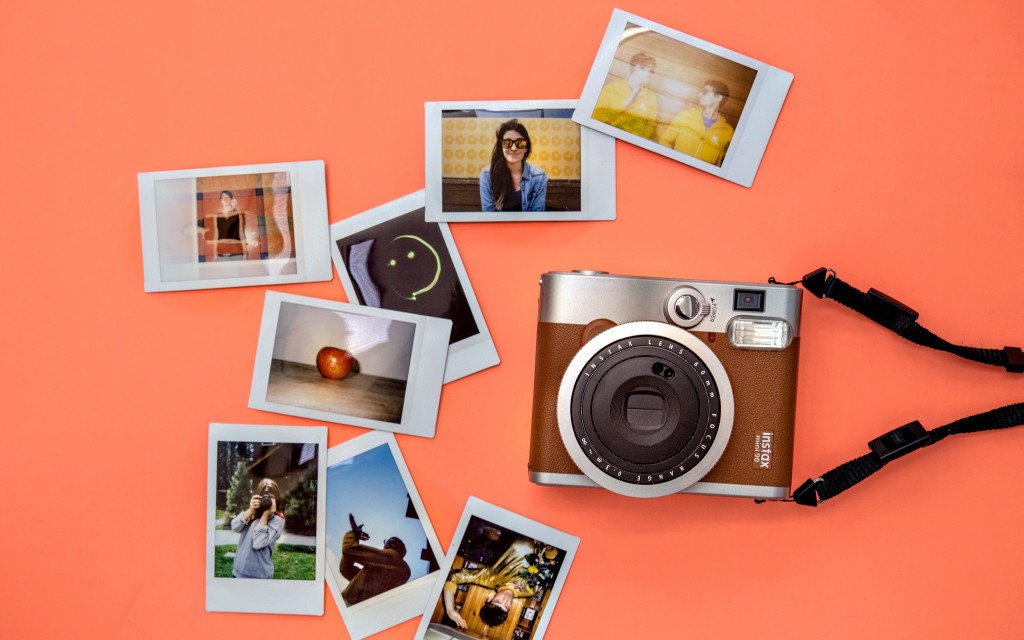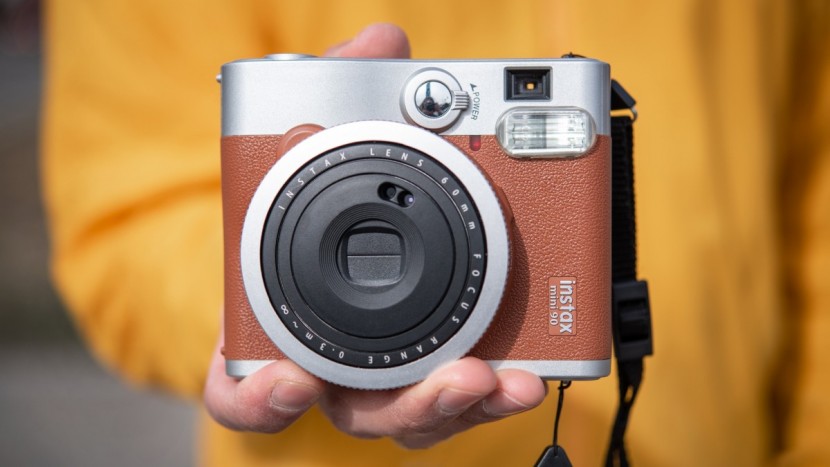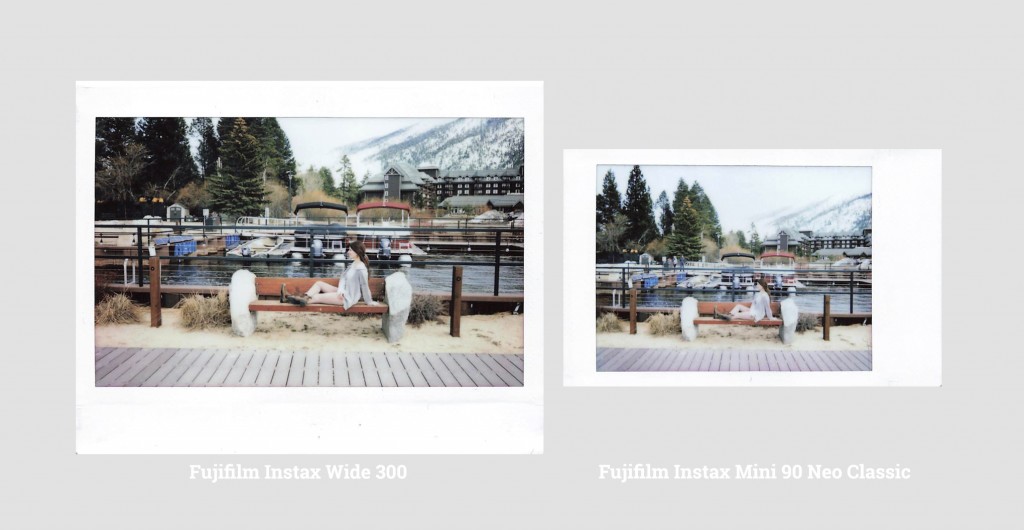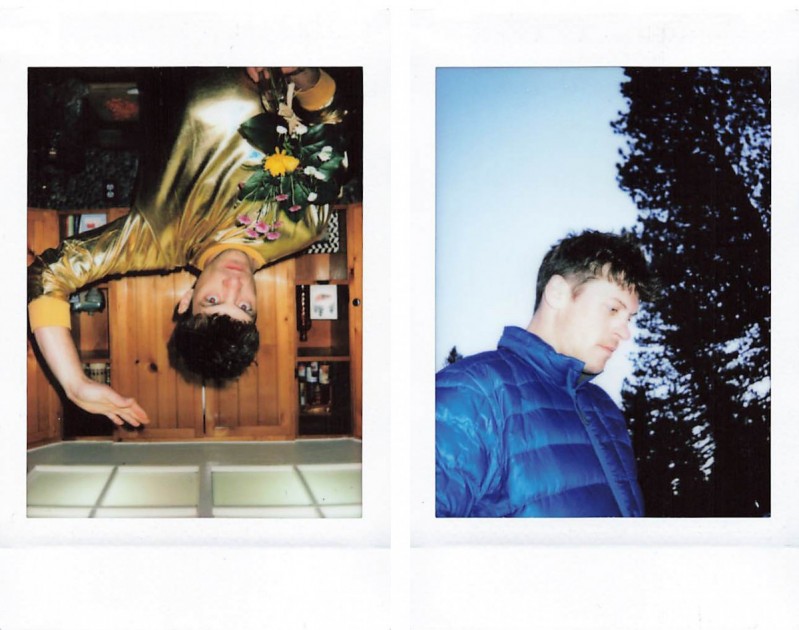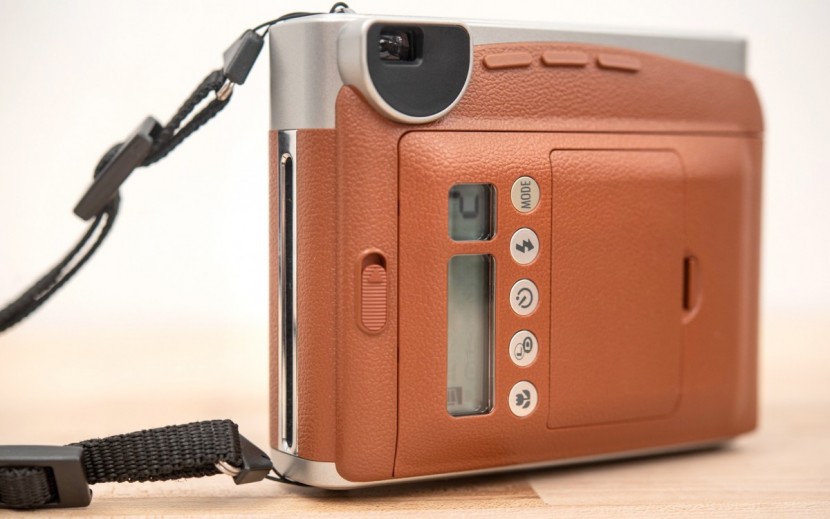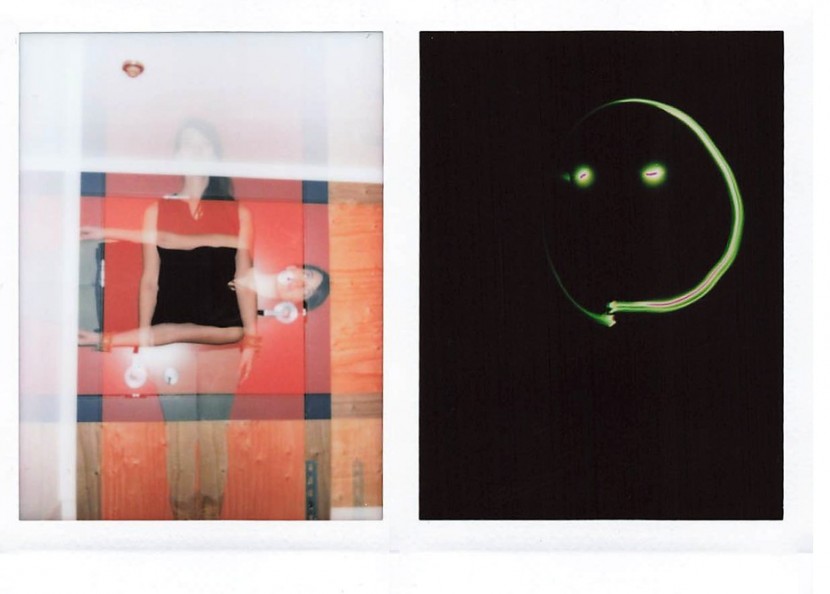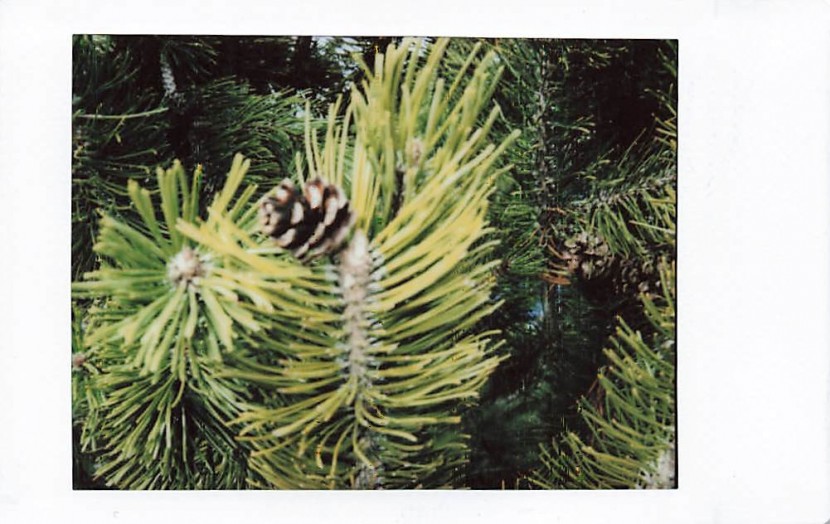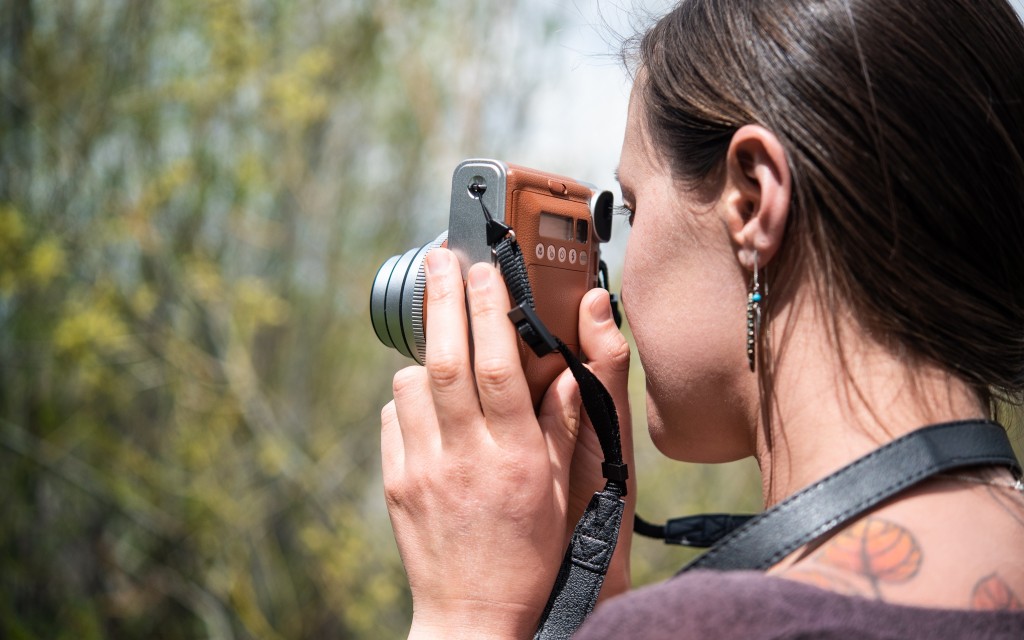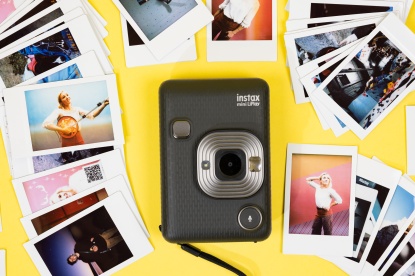Fujifilm Instax Mini 90 Neo Classic Review
Our Verdict
Our Analysis and Test Results
The Instax Mini 90 is the best option we've found for getting creative with the smaller, .24" x 1.8" film format, but it lags behind some similarly priced models that use the wider format.
Performance Comparison
The Instax Mini 90 submitted solid performances in every one of our tests, earning it one of the top overall scores.
Image Quality
The Instax Mini 90 has the ability to take great photos, but different lighting situations can throw it a bit out of whack. The former earned it a high score in this metric, but the latter dropped it behind a few more versatile cameras.
In indoor settings with predictable lighting conditions, the Instax Mini 90 can take some fantastic photos that are impressively crisp with bright, vibrant colors. In fact, in its ideal conditions, it took some photos that looked better than similar photos taken with the higher scoring Fujifilm Instax Wide 300 and Lomography Lomo'Instant Wide. However, even small amounts of bright sunlight and/or white subjects like clouds or snow result in a very overexposed image. We spent a whole film pack taking pictures at the beach on a partly sunny day and didn't end up with one photo that we thought looked particularly good.
This camera also struggles quite a bit with backlit situations. If you're trying to do anything more complex than a simple silhouette against a bright background, you're likely going to lose a lot of detail in the photo.
Overall, we'd say that the Instax Mini 90 is a great camera for documenting indoor social events, but getting a good outdoor photo can be very hit or miss.
User Friendliness
Despite offering multiple different image modes, the Instax Mini 90 manages to keep its interface feeling quite streamlined and intuitive, making it one of the easiest cameras to use.
This camera is one of the few in its class that actually has a digital readout, displaying both how many photos you have left and all of the different image settings you have selected. That, along with dedicated buttons for adjusting exposure, turning the flash on and off, and cycling through its various image modes, make selecting your desired settings quite easy.
One thing to note is that you can cycle through the camera's image modes by either pressing the 'mode' button on the back of the camera, or twisting the dial around the lens of the camera. The dial is a nice touch as it lets you scroll in either direction, whereas the mode button can only scroll in one direction. However, if you're not aware of the dial it's easy to knock it and inadvertently jump into an image mode you don't want, so just keep that in mind.
Image Settings
The Instax Mini 90 offers a nice suite of creative photo modes and exposure options, but isn't quite as versatile as the Lomography Lomo'Instant Wide. If the modes listed below check all your boxes, the Instax Mini 90 is a great choice. If you think the addition of gel flash filters, a lens splitter, and a separate macro lens that lets you focus down to 4 inches sounds enticing, you might want to go with the Lomography Lomo'Instant Wide instead.
Exposure Control
The Mini 90 allows you to make an image darker with its dark mode (D). You can also brighten an image a bit with the light mode (L), or brighten it even more with it extra light mode (L+).
Double Exposure
This lets you take two exposures on the same sheet of film, resulting in a combination of the two images. This opens up a lot of creative opportunities.
Bulb Mode
Bulb mode keeps the shutter open as long as you keep your finger on the button. This results in long exposures and opens up opportunities for light painting, blurred motion shots, or just getting a brighter look in a dark room without using a flash. Results are generally better when using a tripod.
Party Mode
This mode attempts to temper the flash a little bit such that photos taken indoors with a flash don't end up with completely dark backgrounds. In some situations this works, but in most instances we had a bit of trouble telling the difference between party mode and normal mode.
Macro Mode
This setting decreases the minimum focal distance from 60cm (24 inches) to 30cm (12 inches). We generally got good results with this mode, but if you're really interested in macro shots the Lomo'Instant Wide is aa clear cut above (as long as you don't mind lugging around a second lens and a much larger camera).
Kids Mode
This mode essentially increases the shutter speed to reduce blurriness when photographing moving subjects (like hyperactive kids).
Self Timer
You can set the self-timer mode and the camera will wait 10 seconds before taking a photo, with a small flashing light on the front of the camera letting you know when it's about to fire. You can also set the timer to take 2 photos, one after 10 seconds and a second after 20. This is nice for getting one nice photo, plus one goofy one, without having to run back to the camera in between.
Flash on/off
This is a surprisingly rare but incredibly useful feature that the Mini 90 offers, and we're very happy that it does!
Film Cost
Using the smaller Instax mini format makes the Mini 90's film costs more reasonable. You can buy a 60 pack of the film for $35, or $0.58 a photo. Black and white film is also availbale, but costs a bit more.
Value
The Mini 90 lists for $180, but can often be found for significantly less than that. If you're looking for a camera in the Instax mini film format that offers a nice suite of image settings and creative options, we think it is the best value on the market. However, if you're not going to be playing around with things like multiple or long exposures, you can get similar results for less from the FujiFilm Instax Mini 9.
Conclusion
The Fujifilm Instax Mini 90 Neo Classic offer the most creative control, highest photo quality, and most attractive retro aesthetics of any camera we've used that shoots with Instax mini sized film. If you adore those credit card sized photos, and want to get creative with them, this is a great choice. If you prefer a larger photo size, check out the Fujifilm Instax Wide 300 or the Lomography Lomo'Instant Wide.



